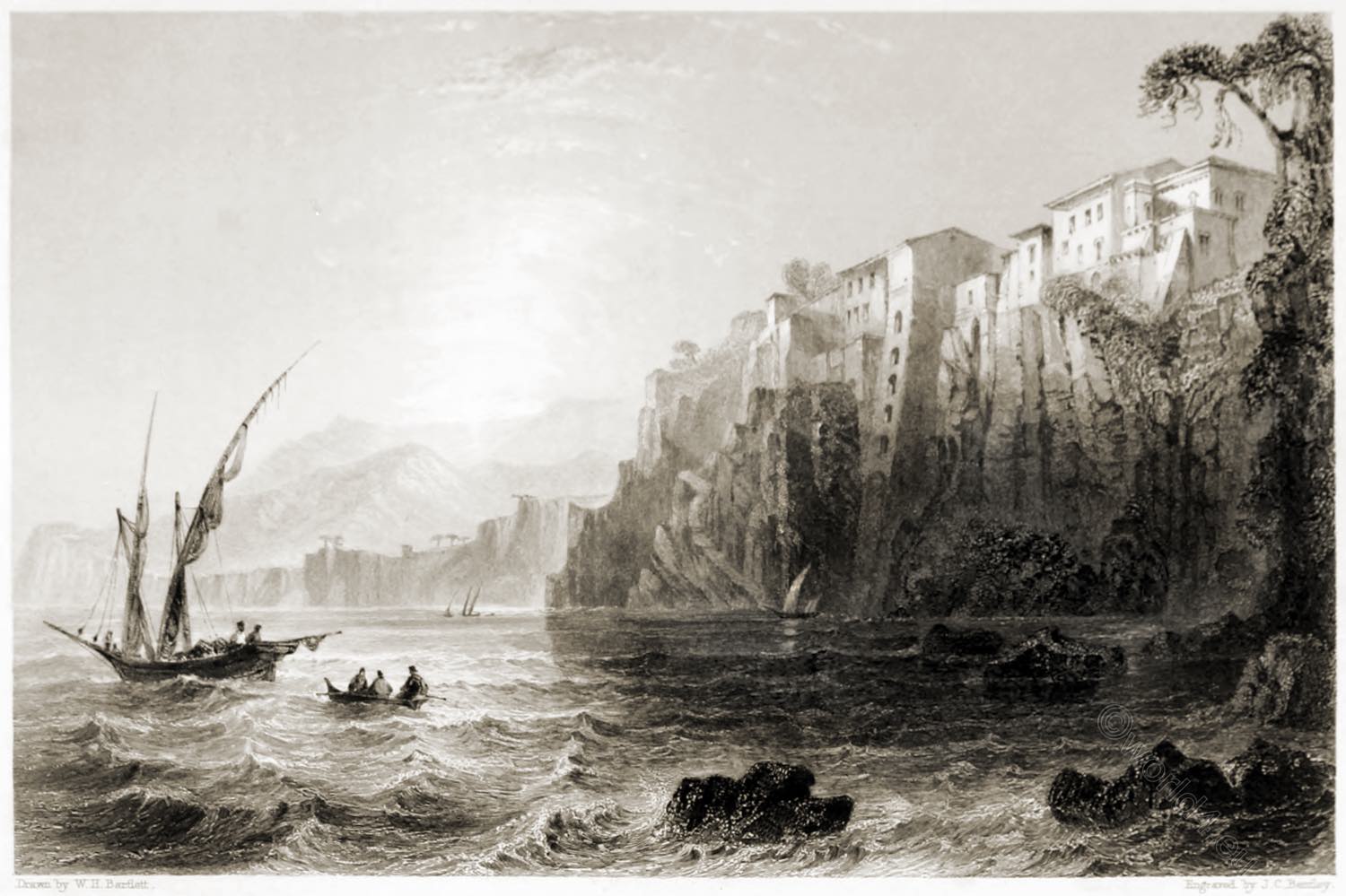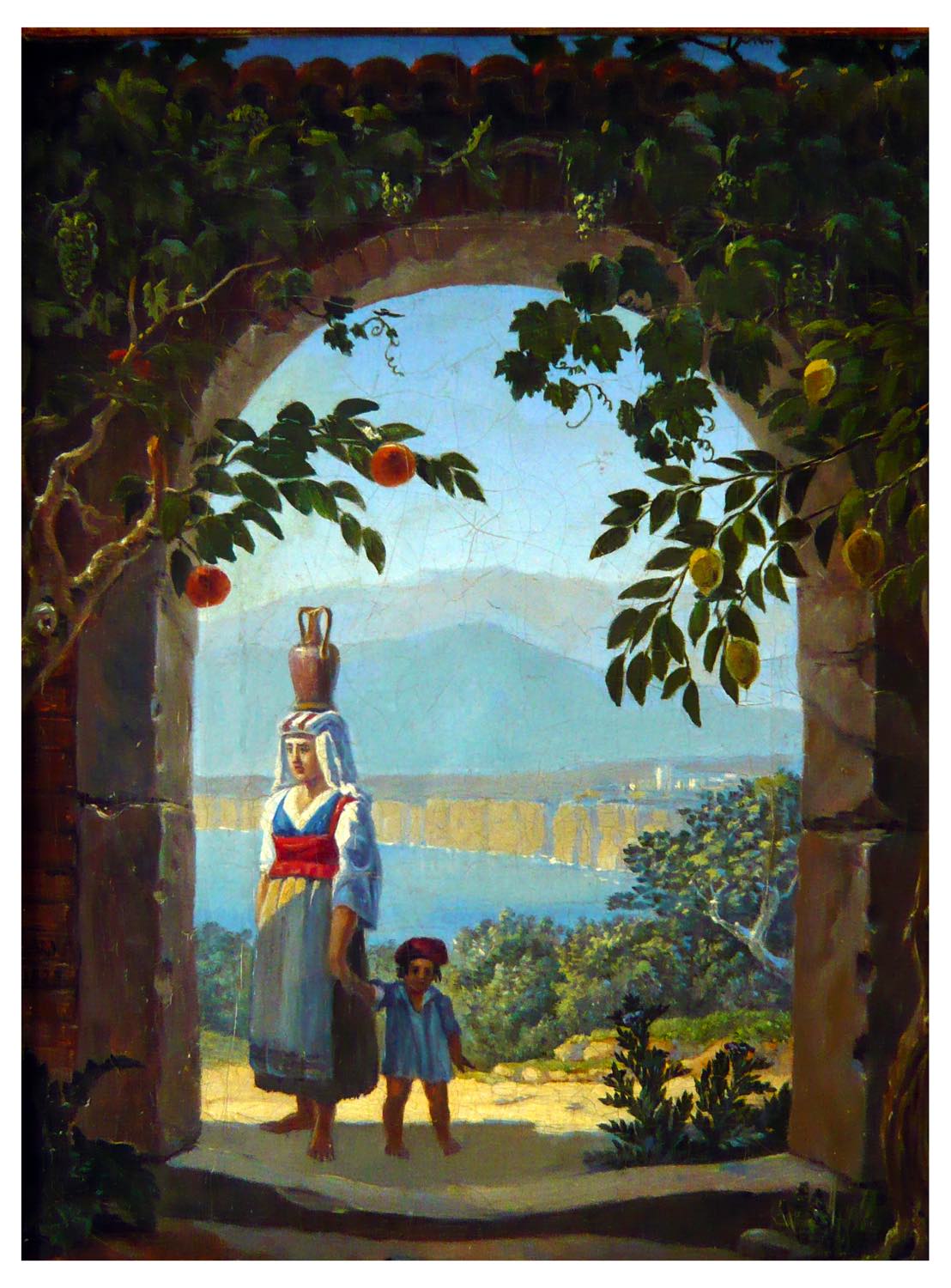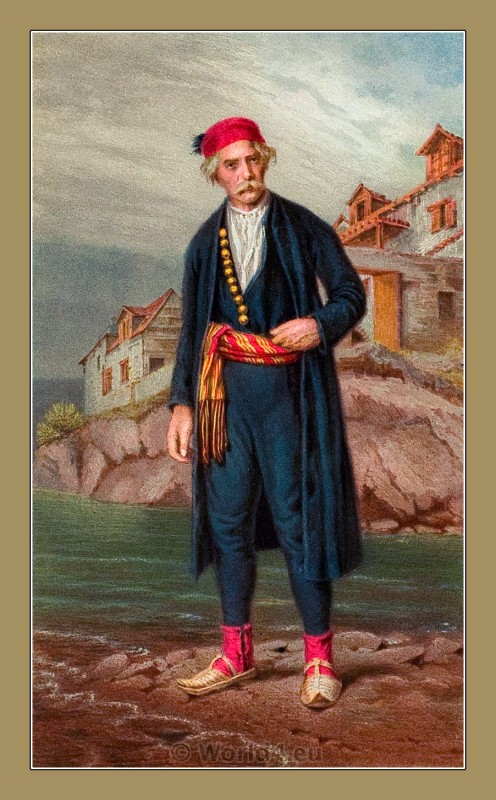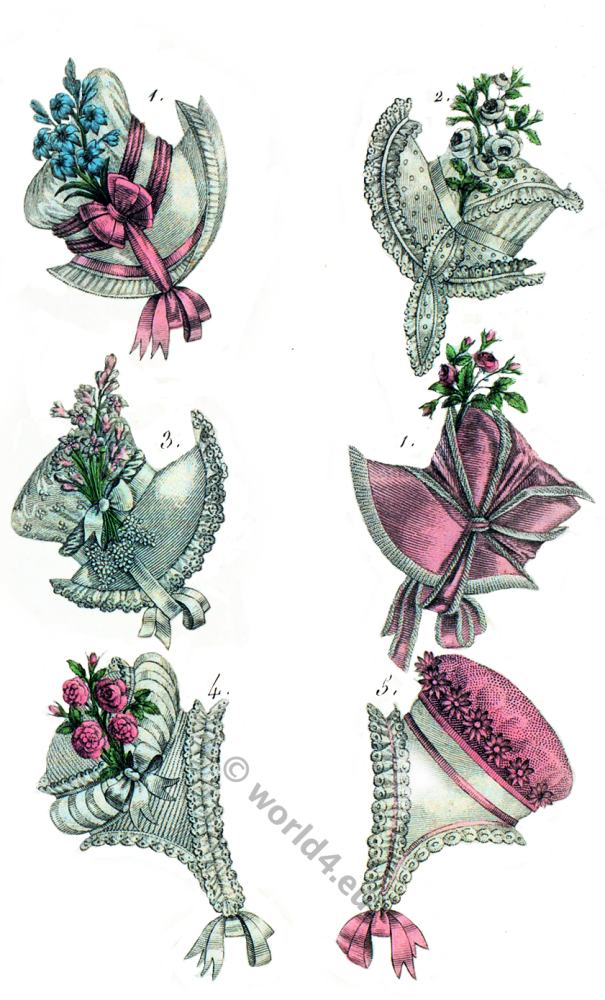
SORRENTO,* THE BIRTH-PLACE OF TORQUATO TASSO.
by George Newenham.
ITALY.
"Peace to Torquato's injured shade! 'twas his In life and death to be the mark where Wrong Aim’d with her poison’d arrows; but to miss. Oh, victor unsurpass’d in modern song!"Childe Harold's Pilgrimage. Ferrara. Prison of Tasso. By George Gordon, Lord Byron (1788–1824).
The bay, plain, and city here constitute distinct interests; each possessing features of the most agreeable character, yet totally different from the other. The first, a spacious basin three miles wide, subject to frequent and violent agitations, is the only convenient highway to this sequestered spot Neapolitan boats pass regularly every day between both cities, and preserve a constant communication. The tall dark cliffs that rise precipitously from the sea, appear to be the successors of others that have fallen, not many centuries past, and subsided in the waters, the result of natural disintegration, or of some volcanic rupture. It was in this beautiful bay that the Prince of Salerno, son of Charles, was defeated and taken prisoner, in 1283, by Lauria, the admiral of Peter of Arragón — a naval victory that secured the possession of Sicily to the conquerors.
The plateau, “Piano di Sorrento,” that extends from the edge of the precipice to the foot of the mountains, is of a semicircular form, the sea boundary being the chord or diameter, and the mountains the circular arc. The richest woods clothe the hills, the plain is adorned with villas, whose white roofs sparkle amidst the luxuriant foliage that everywhere overshadows, shelters, and enriches the scene. It is highly probable, from the cineritios quality of the soil on the plain, and the basaltic structure of the hills, which embrace it in a crescent form, that the whole district of Sorrento is of igneous origin.
Sorrento, a romantic, castellated city, is seated on the very brink of a precipice of tufa, that overhangs the deep, sheltered by the mountains of Masso and Vico from the cold land winds that pass over it and ruffle the bosom of the bay, and enjoying the refreshing breezes that are wafted from the waters towards these sunny hills. “This is considered the most delicious spot on the southern coast of Naples; its climate contracts no insalubrious quality from the heats of summer, and is mild and pleasant during the winter season; the scenery is more beautiful than grand, the town clean and well-built, and its environs consist of luxuriant and well-cultivated gardens, that would give to the country the appearance of a paradise, were it not for the enclosing walls which conceal them from the passenger.”** The streets are narrow, a circumstance unattended with much inconvenience in a place where carriages are not in use, and where there is no practicable communication with the metropolis by land. All the avenues and environs are sheltered and shaded, water clear and abundant, and it is from Sorrento that Naples is supplied with milk, butter, meat, and fruit; while a large portion of the female population is employed in rearing silk- worms and weaving silk.

Long celebrated for the fascinating character of its scenery, and the salubrity of a climate which Galen recommended to his patients, Sorrento claims the honor of being the birth-place of many illustrious scholars — Pasides, Rota, and Torquato Tasso have conferred a lasting immortality upon this delightful spot †. The house where the poet dwelt stands on a lofty rock that rises from the sea, cut into terraces, and clothed with verdure. Now a beautiful palace, it continues to be the property of his family, belonging to the descendants of his eldest sister, Cornelia. It was to this sister the poet returned, and at her home sought shelter after his lengthened absence and sufferings, and received from her the most tender welcome.
“In latter life he visited these scenes under circumstances of singular and romantic interest. Suffering from one of those afflicting delusions to which his state of mind gave rise, Tasso fled from Ferrara, resolving to seek safety beneath the roof of his sister Cornelia, who, having lost her husband, resided with her children in the paternal mansion at Sorrento. Disguising himself, like Ulysses of old, in the dress of a shepherd, he succeeded, after many difficulties and privations, in reaching his native place, where he introduced himself to his sister as a messenger from her brother, who, being in imminent risk of his life, had sent to demand her assistance and protection.
The unsettled mind of Tasso, and the love of excitement to which his residence in cities and courts had given birth, did not permit him long to remain a wanderer amidst the beauties of Sorrento. He resided with his sister during the remainder of the summer, at the close of which he departed for Rome. Yet, though a voluntary exile from his native home, its delightful recollections still hovered round him: and in a letter addressed to Cornelia, many years after this period, he expresses a wish that he might once more, in her society, breathe his native air, and once again refresh his weary thoughts amidst the sublime and delicious scenery which nature had lavished round his home with so unsparing a hand. The aspiration was in vain — the illustrious poet was fated never more to visit the scene of his birth.”
Several English families have successively occupied this beautiful palace, and Fennimore Cooper, the American novelist, for a season dwelt in the halls of Tasso.***) The house in which the poet first saw the light is shown within an enclosure of laurel and orange trees. Some uncertainty may hang over these material traces of his existence, from the effacing ability of time; but the beauty, brilliancy, and youthful aspect of Sorrento, and of its delightful Piano are unaltered: and the intellectual traveller will quickly comprehend what must have been the effect of such an association upon such a mind as Tasso’s.
Cornelia anxiously inquired into the nature and extent of the perils that surrounded her brother; and so affecting was the picture which the poet drew of his own dangers, that she fainted at the recital. Affected by this touching proof of her love, Tasso gradually disclosed himself, and was received by her with every demonstration of regard. He remained at Sorrento for some time, under the assumed character of a distant relative, and passed much of his time in wandering through the woods, in company of his nieces and nephews; upon the former of whom, from the tallness of their stature, he bestows, in one of his letters to his sister, the epithet of ‘gigantesse,’ ‘Pregate dio per me, e bacciate le gigantesse.’
*) It derives its name from the Sirens, whom the poets fable to have either dwelt or been worshipped here, implying thereby, that such are the delights of this locality that the man who enters finds it impossible to leave it.
**) Vide “Customs and Costumes,” by Emily Reeve.
† “Sorrento was equally the resort of those darker spirits— Caravaggio, Lanfranc, and Spagnoletti, as of the milder genius of Domenichino and Guido, who, with other painters, were frequently driven from their occupation at Naples, by the terror of assassination at the hands of their fiercer rivals. On the same coast, overpowered with fatigue and terror, and flying for his life, Michael Angelo Caravaggio sunk exhausted and terminated his fitful career;” and here Polidoro de Caravaggio fell by the dagger of an assassin, as he was stepping into the passage-boat on his return to Naples.
***)”The house we took has a reputation from having been the one in which Tasso was born, or at least said to have been born: it is on the cliffs within the walls, and in plain sight of every object of interest on the bay from Ischia to the promontory of Vico ; Castel-a-mare, and a short reach of the coast in its vicinity, excepted.”— Cooper’s Excursions in Italy.

SORRENTO, ITALY.
by John Lawson Stoddard
On the southern shore of the enchanting and incomparable Bay of Naples lies the village of Sorrento. To reach it from Naples one rides along a winding road cut in the brow of cliffs 200 or 300 feet in height, which constitute a glorious frame for that lovely mirror which holds reflected in itself visions of surpassing beauty!
These wave-washed bluffs are covered with villas, convents, groves and gardens which become especially numerous and attractive on and about the wooded point projecting from the shore and called Sorrento.
It is no exaggeration to say that in spring and autumn this is a perfect paradise of beauty; for it is surrounded with orange and lemon groves gleaming with shining leaves and fruit of gold.
As one inhales here the soft air laden with the breath of blossoms and hears the choirs of nightingales which chant here through the spring, he realizes that his youthful dreams have been fulfilled, and that at last ITALY seems all that he fondly fancied it in childhood!
The hotels of Sorrento line the cliff which overhangs the sea, and behind them are luxuriant gardens and orange groves. The population of the place is quite prosperous, being chiefly engaged in straw-plaiting, lace-making or olive wood carving, in which they are proficient.
It was in Sorrento that the poet Tasso was born, in a house now used as a hotel, from which the view over the Bay towards Naples and the islands of Capri and Ischia is indescribably beautiful.
Source:
- The Rhine, Italy, and Greece in a series of drawings from nature by George Newenham (1790?-1877). London: Fisher 1841.
- Glimpses of the world; a portfolio of photographs of the marvelous works of God and man by John Lawson Stoddard (1850-1931). Chicago, R.S. Peale, 1892.
Related
Discover more from World4 Costume Culture History
Subscribe to get the latest posts sent to your email.






